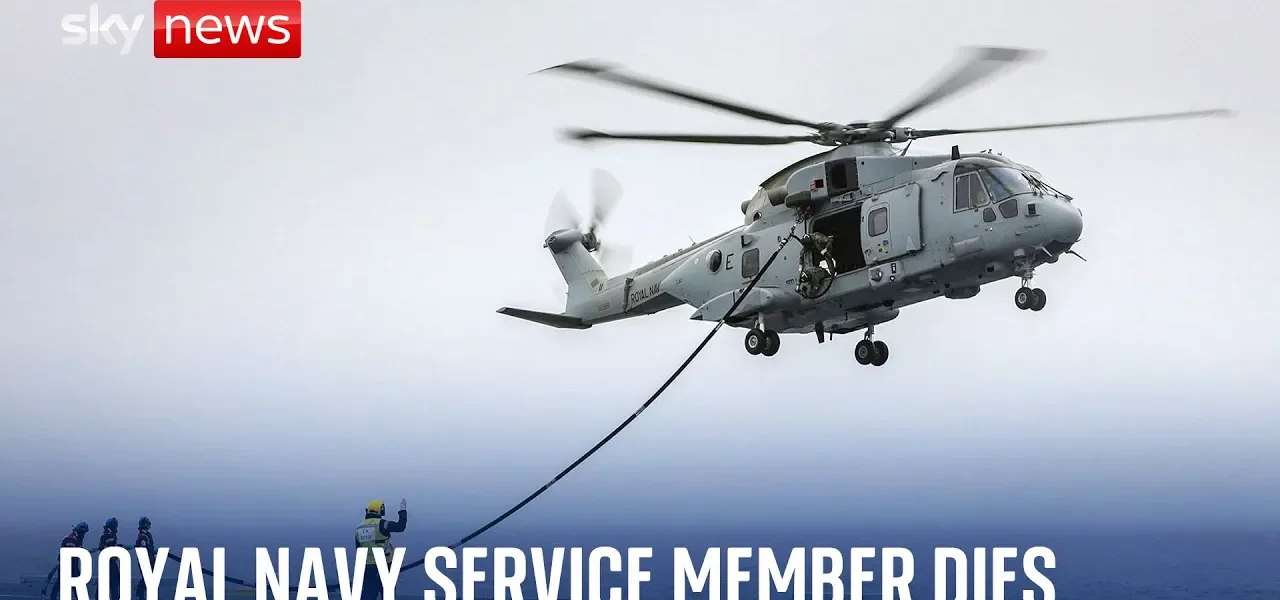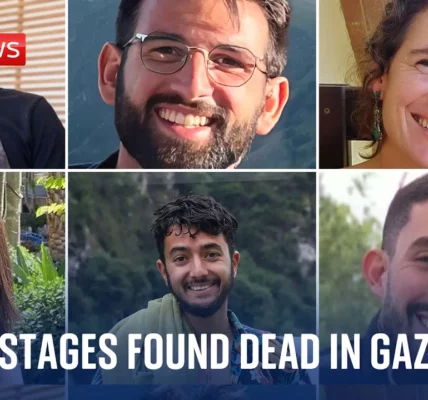The Challenges of Night Flying: Insights from Military Operations

In this article, we delve into the complex world of night flying, particularly in military operations, exploring the inherent challenges, the critical role of training, and the procedures that ensure safety during these high-stress situations.
Introduction to Night Flying Challenges
Night flying presents unique challenges that can significantly affect pilots and crews during military operations. The combination of darkness and the vastness of the ocean can create disorienting optical illusions, making it difficult for pilots to maintain spatial awareness. This article will explore these challenges, focusing on the experiences of military pilots like Shan Bell, and the extensive training required to mitigate risks during night operations.
The Optical Illusions of Night Flying
One of the most significant challenges faced by pilots during night operations is the prevalence of optical illusions. These illusions can lead to dangerous situations if pilots rely solely on visual cues. The reflection of stars on the water can create the impression of a continuous sky, blurring the line between the horizon and the ocean.
Key Factors Contributing to Optical Illusions
- Reflection of celestial bodies on water
- Inability to distinguish between sky and water
- Reduced visibility due to darkness
Due to these factors, pilots must depend heavily on their instruments to gauge altitude and orientation, contrasting with daytime flying where visual references are more reliable.
The Importance of Training for Night Operations
Given the risks associated with night flying, extensive training is essential for military pilots and their crews. This training is not limited to pilots; it also extends to all personnel who may be on board during operations.
Types of Training Conducted
- Simulator Training: Pilots spend significant time in simulators to experience various night flying scenarios without leaving the ground.
- Dunker Training: This crucial training simulates ditching scenarios, teaching personnel how to escape from submerged helicopters.
- Emergency Procedures: All crew members, including Marines, undergo training to efficiently respond to emergencies.
Training scenarios often replicate real-life challenges, preparing personnel to act swiftly and effectively in critical situations.
The Dunker Training Experience
The Dunker is a vital part of military training for helicopter operations. It simulates the experience of escaping from a helicopter that has crashed into water, focusing on the potential disorientation that could occur during such an event.
Steps Involved in Dunker Training
- Participants strap themselves into a mock helicopter.
- The mockup is submerged underwater, requiring participants to unstrap and exit through designated openings.
- Subsequent rounds include rolling the mockup upside down and turning off the lights to simulate complete darkness.
This training emphasizes the importance of maintaining composure and teamwork during emergencies, regardless of the equipment or conditions faced.
Safety Equipment and Procedures During Helicopter Ditching
When a helicopter is forced to ditch in water, safety equipment plays a crucial role in ensuring the survival of all individuals on board. Military helicopters are typically equipped with various safety devices to aid in emergency situations.
Essential Safety Equipment
- Life jackets
- Locator beacons
- Warning lights
- Dry suits and wet suits
While equipment is essential, human factors, such as the ability to remain calm and follow emergency protocols, are equally important. Training ensures that all personnel are familiar with these procedures, enhancing overall safety.
Search and Rescue Operations
In the unfortunate event of a helicopter ditching, search and rescue operations are promptly initiated to locate and assist the crew. These operations are complex and require the coordinated efforts of various units.
Roles in Search and Rescue
Typically, the following entities are involved in search and rescue operations:
- The ship’s company, which may coordinate recovery efforts
- Aircraft launched from carriers to conduct aerial searches
- Rescue divers and support teams ready to assist in recovery
Such operations are critical not only for the safety of the crew but also for gathering information that can be crucial for future training and operational improvements.
Conclusion
Night flying presents significant challenges, particularly in military operations where the stakes are high. Understanding the risks of optical illusions, the importance of rigorous training, and the detailed procedures for emergency situations is essential for maintaining safety in these operations. Our heartfelt sympathies go out to the families of those involved in any incidents, and we must recognize the professionalism of the military community in addressing these challenges. For further reading on military aviation and safety protocols, check out our related articles on military training and helicopter safety measures.
“`




